No, the labor market isn't getting tight
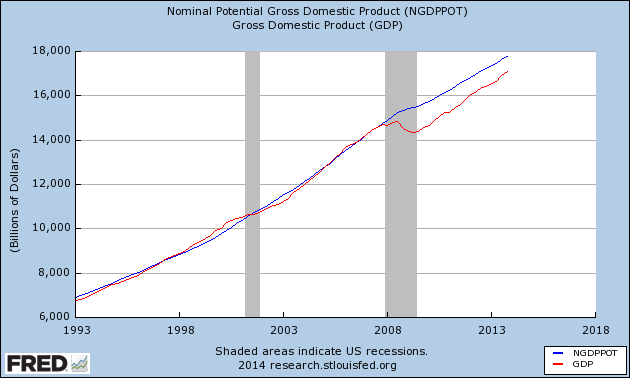
Evan Soltas asks, "Is the labor market getting tight?"
He claims that the rising rate of workers quitting their jobs could show that the labor market is getting tighter. Workers quitting their jobs at a higher rate is taken as an expression of confidence. As Joe Weisenthal argues, "When the economy is bad, workers don't quit their jobs." The quit rate shows that the relationship between unemployment rate and quit-rates has remained steady, suggesting that it's the headline unemployment rate — which has now fallen to 6.6 percent — that best captures the state of the workforce.
Of course, what the rate of quits tells us is the rate of quits. People quit their jobs for all sorts of reasons, and even though the rate of quits is tightly correlated against unemployment, reading the rate of quits as a proxy for the tightness of the labor market is a risky extrapolation, and overlooks the bigger picture.
The Week
Escape your echo chamber. Get the facts behind the news, plus analysis from multiple perspectives.

Sign up for The Week's Free Newsletters
From our morning news briefing to a weekly Good News Newsletter, get the best of The Week delivered directly to your inbox.
From our morning news briefing to a weekly Good News Newsletter, get the best of The Week delivered directly to your inbox.
To assess the tightness of the labor market, we need a concept of the natural rate of unemployment. There is lots of argument over what we should mean by the "natural rate of unemployment," but the most popular definition is from Milton Friedman and Edmund Phelps, who defined it as the rate of unemployment consistent with output being at the "long-run" level. And what's very clear is that output is still in a big slump after 2008, way below its long-run trend:
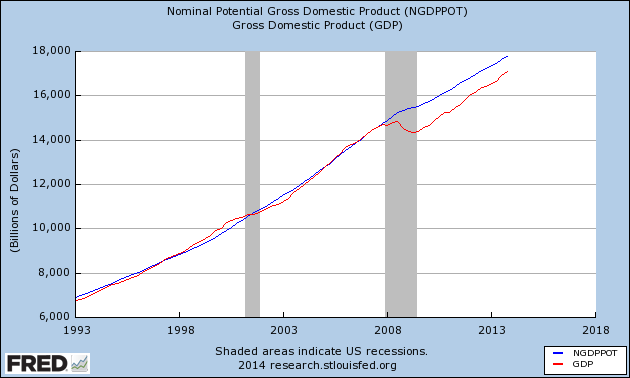
[Federal Reserve Bank of St. Louis]
So even if we assume that the headline unemployment rate is the best measurement of tightness in the labor market, 6.6 percent (which translates to millions of people who want a job but can't find one) is still very slack because the economy is way below potential.
A free daily email with the biggest news stories of the day – and the best features from TheWeek.com
John Aziz is the economics and business correspondent at TheWeek.com. He is also an associate editor at Pieria.co.uk. Previously his work has appeared on Business Insider, Zero Hedge, and Noahpinion.
-
 Hegseth rejects release of full boat strike footage
Hegseth rejects release of full boat strike footageSpeed Read There are calls to release video of the military killing two survivors of a Sept. 2 missile strike on an alleged drug trafficking boat
-
 Trump vows naval blockade of most Venezuelan oil
Trump vows naval blockade of most Venezuelan oilSpeed Read The announcement further escalates pressure on President Nicolás Maduro
-
 Kushner drops Trump hotel project in Serbia
Kushner drops Trump hotel project in SerbiaSpeed Read Affinity Partners pulled out of a deal to finance a Trump-branded development in Belgrade
-
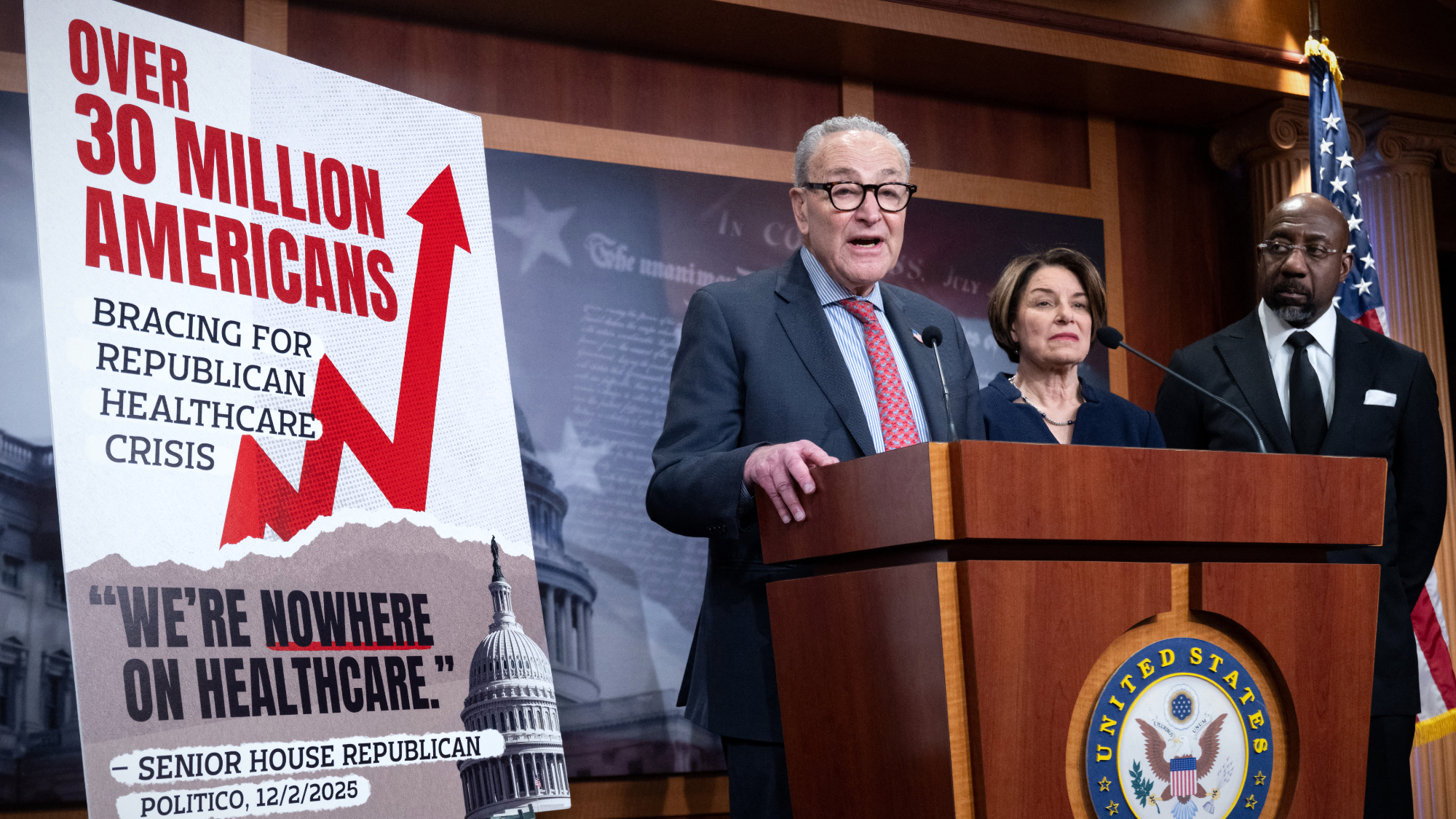 Senate votes down ACA subsidies, GOP alternative
Senate votes down ACA subsidies, GOP alternativeSpeed Read The Senate rejected the extension of Affordable Care Act tax credits, guaranteeing a steep rise in health care costs for millions of Americans
-
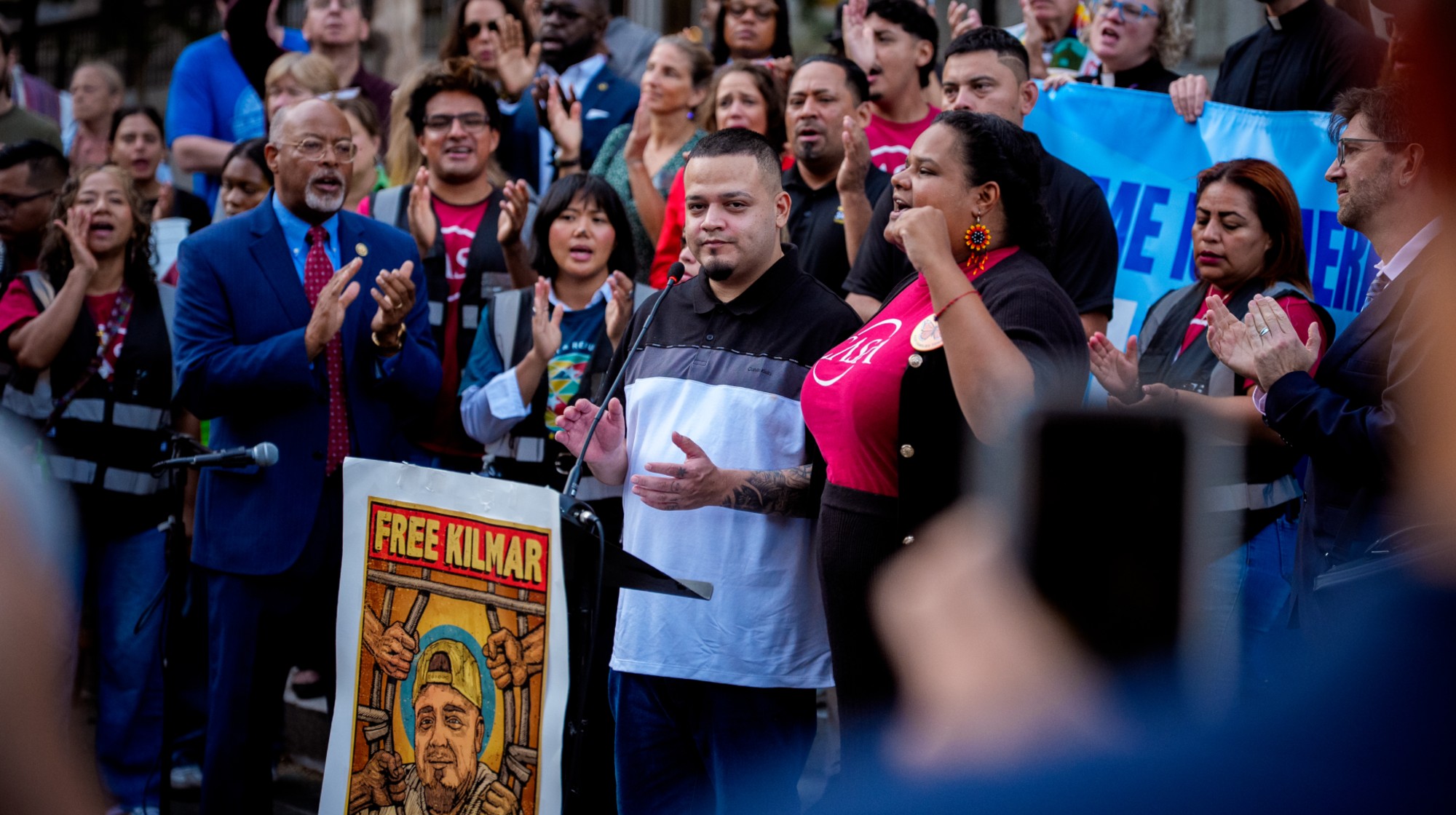 Abrego García freed from jail on judge’s order
Abrego García freed from jail on judge’s orderSpeed Read The wrongfully deported man has been released from an ICE detention center
-
 Indiana Senate rejects Trump’s gerrymander push
Indiana Senate rejects Trump’s gerrymander pushSpeed Read The proposed gerrymander would have likely flipped the state’s two Democratic-held US House seats
-
 Democrat files to impeach RFK Jr.
Democrat files to impeach RFK Jr.Speed Read Rep. Haley Stevens filed articles of impeachment against Health and Human Services Secretary Robert F. Kennedy Jr.
-
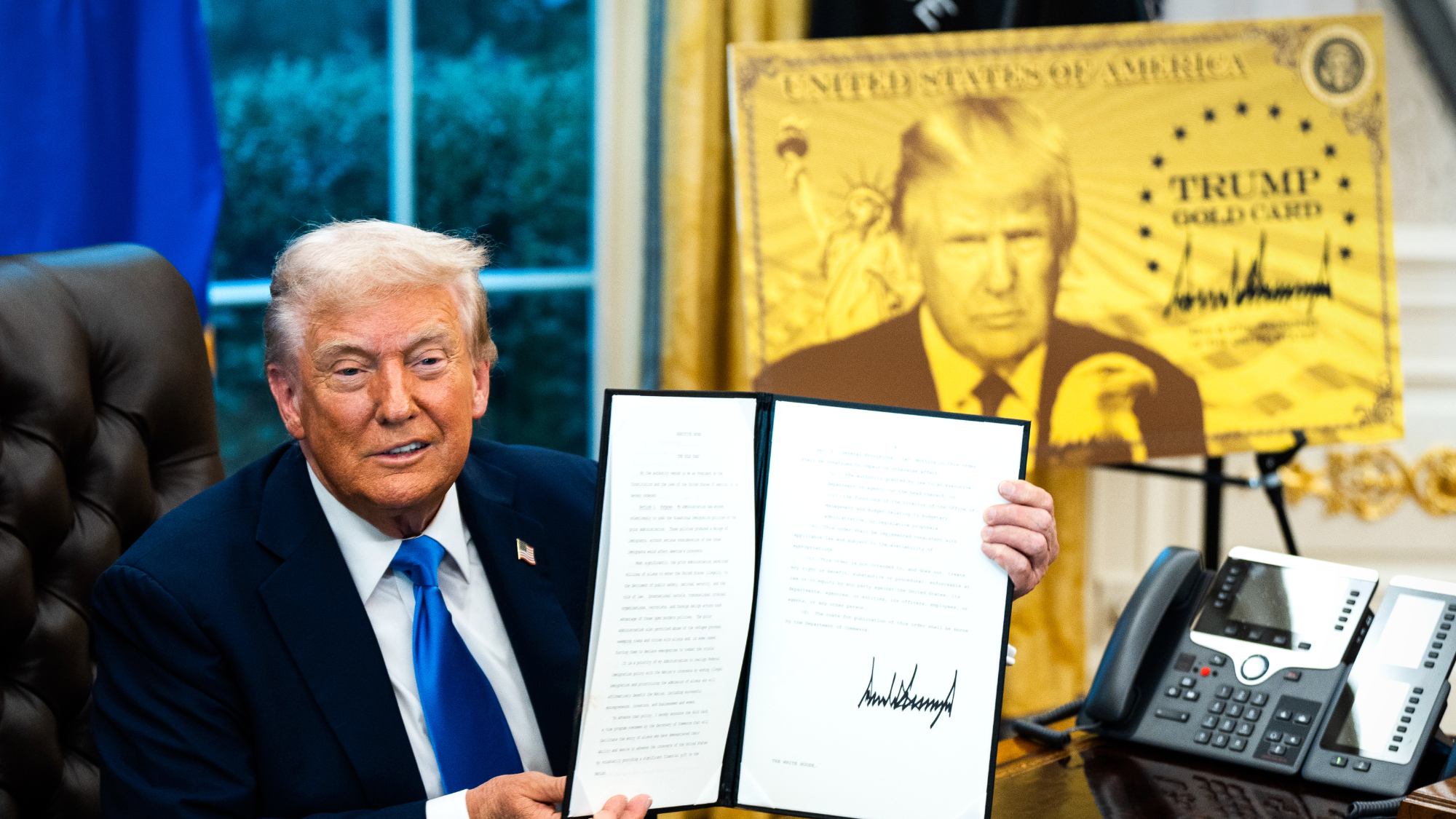 $1M ‘Trump Gold Card’ goes live amid travel rule furor
$1M ‘Trump Gold Card’ goes live amid travel rule furorSpeed Read The new gold card visa offers an expedited path to citizenship in exchange for $1 million


